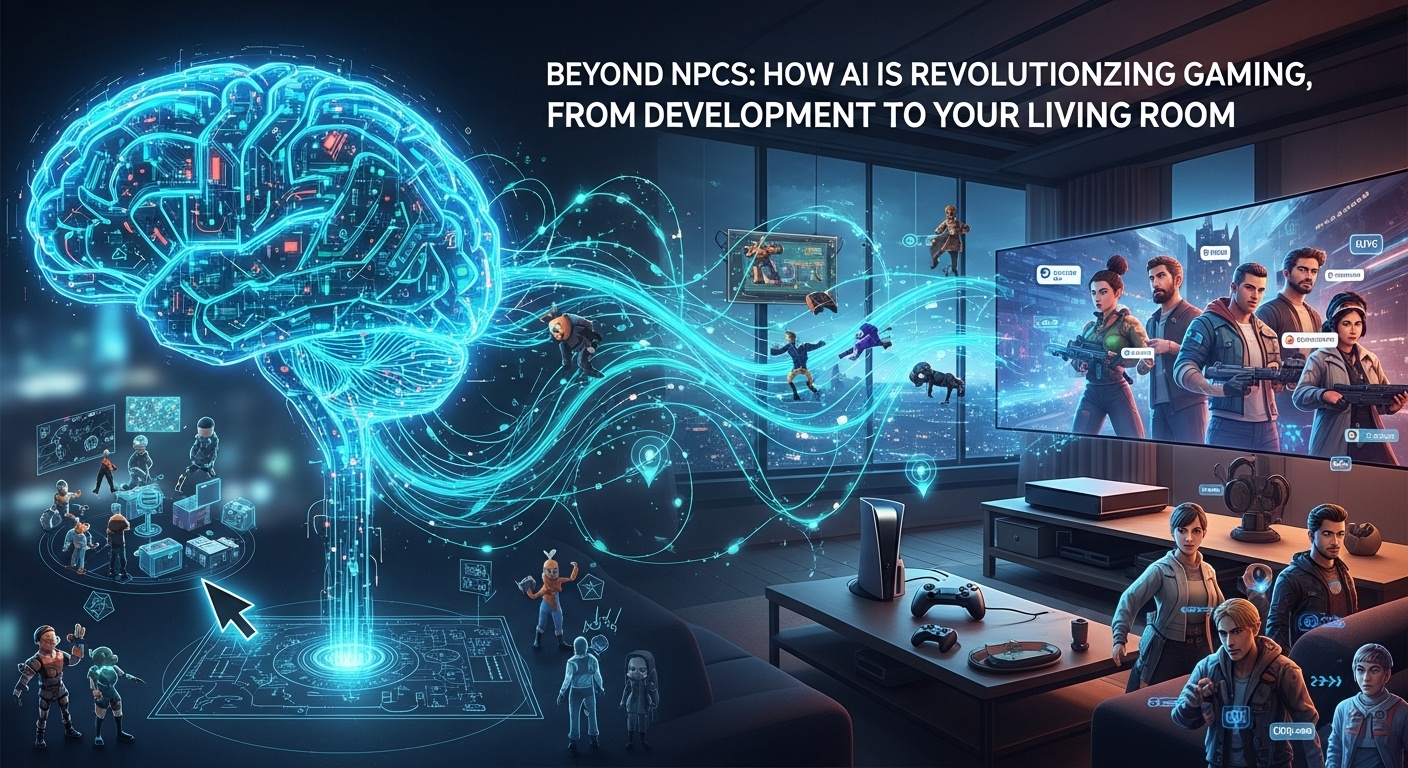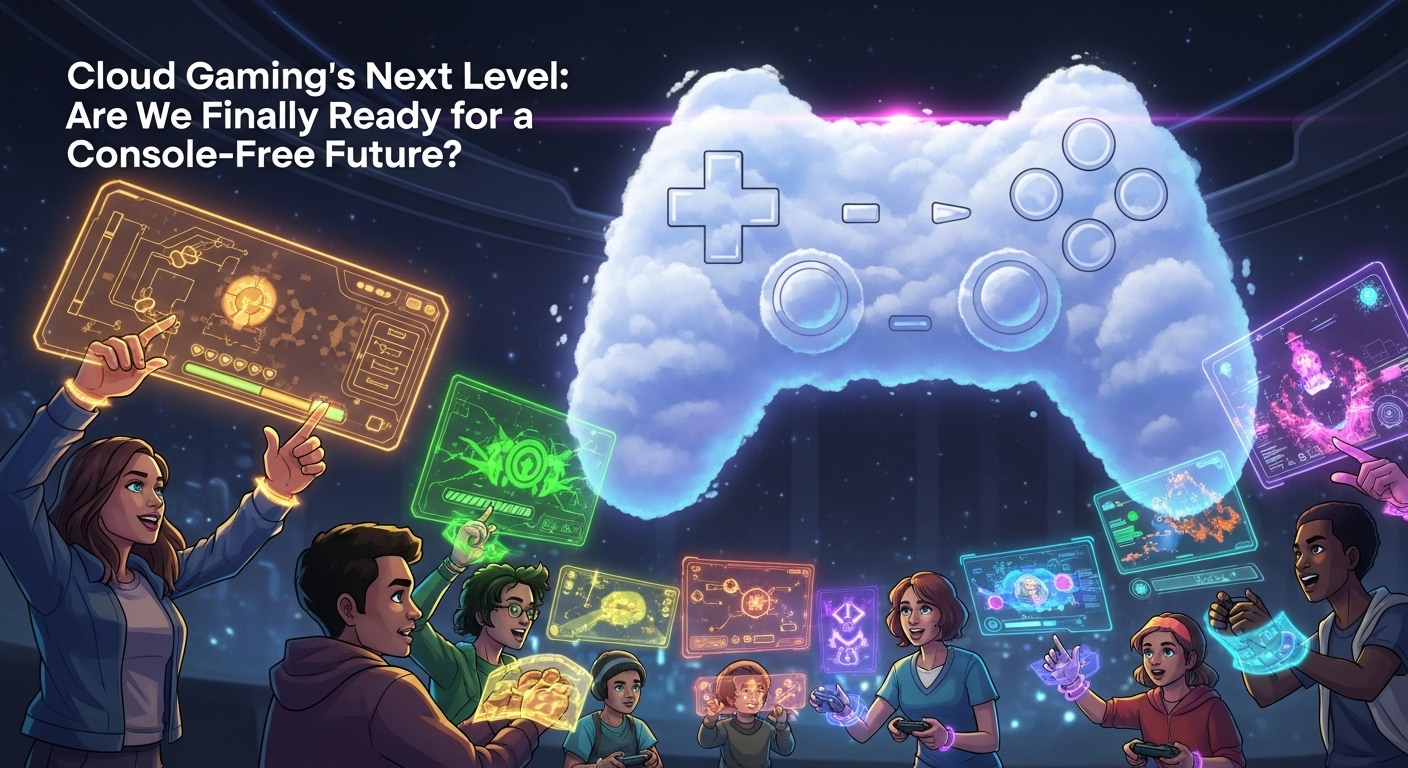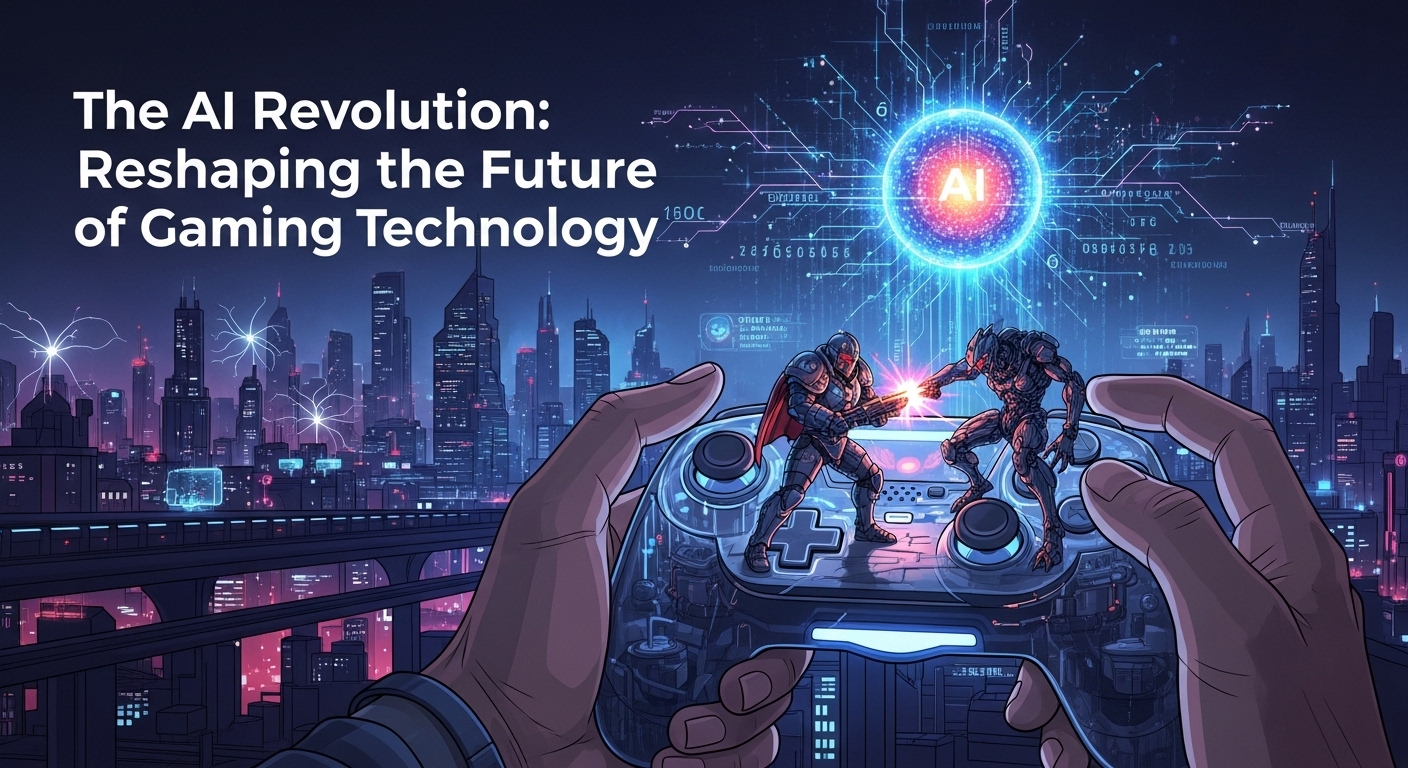The Dawn of a New Era in Gaming
For decades, artificial intelligence in gaming was a familiar, if somewhat predictable, concept. We all remember the ghosts in Pac-Man, programmed with simple pathfinding to chase us through a maze. We’ve outsmarted countless guards in stealth games who follow rigid, looping patrol routes. These non-player characters, or NPCs, were the face of gaming AI—functional, but rarely surprising. They were puppets on digital strings, their actions dictated by finite state machines and carefully laid scripts. But that era is fading fast. We are standing on the precipice of a revolution, a paradigm shift powered by advancements in AI that are reshaping the very fabric of interactive entertainment. This isn’t just about smarter enemies; it’s about a fundamental change in how games are created, experienced, and even imagined. The latest gaming technology is moving beyond scripted encounters and into a world of dynamic, intelligent, and truly unpredictable experiences.
Behind the Curtain: AI as the Ultimate Development Tool
Before an AI-powered character ever graces your screen, AI is already working tirelessly behind the scenes, empowering developers to build bigger, better, and more complex worlds than ever before. This backstage revolution is one of the most significant impacts of modern AI on the industry.
Procedural Content Generation (PCG) on Steroids
The concept of procedurally generated worlds isn’t new—games like Elite in the 1980s used algorithms to create vast galaxies. However, modern AI has elevated PCG from a simple tool to a sophisticated artistic partner. Instead of just randomizing terrain, AI can now learn from curated data to generate content that is not only vast but also coherent, aesthetically pleasing, and narratively interesting. Think of the sprawling, unique planets of ‘No Man’s Sky’ or the intricate dungeons in rogue-like games. AI algorithms can create entire ecosystems, architectural styles, and even quests, ensuring that no two players have the exact same adventure. This allows smaller studios to create massive worlds that would have once required hundreds of artists, democratizing epic-scale game development.
The Unblinking Eye: Intelligent Playtesting and QA
One of the most time-consuming parts of game development is quality assurance (QA)—finding and fixing bugs. Historically, this has relied on armies of human testers playing the game for thousands of hours. Today, AI agents can be trained to play a game, and they can do it 24/7 at superhuman speeds. These AI testers can explore every nook and cranny of a game world, test every weapon combination, and push systems to their breaking points to identify bugs, exploits, and balancing issues that human testers might miss. This not only accelerates the development cycle but also leads to a more polished and stable final product for the player.
AI as a Creative Assistant
The creative process itself is being augmented by AI. Artists can use AI-powered tools to generate textures, concept art, and 3D model variations, freeing them up to focus on more complex, bespoke designs. Animators can leverage AI to assist with motion capture cleanup or to generate realistic secondary animations, like the flowing of a cape in the wind. Even level designers can use AI to suggest optimal layouts or enemy placements based on desired difficulty curves. It’s not about replacing human creativity but enhancing it, providing powerful new tools to bring artistic visions to life more efficiently.
In Your Hands: How AI is Transforming the Gameplay Experience
While AI’s role in development is profound, its most exciting impact is on the player experience itself. The revolution is moving from the developer’s toolkit into your living room, creating games that are more responsive, personal, and immersive than we ever thought possible.
The Evolution of the NPC
This is the heart of the ‘Beyond NPCs’ revolution. Traditional NPCs operate on simple logic: if the player is seen, attack; if a sound is heard, investigate. Modern AI aims to shatter this predictability. Imagine NPCs powered by large language models (LLMs) who can hold unscripted, dynamic conversations with you. Instead of choosing from three pre-written dialogue options, you could simply speak or type your question, and the NPC would respond in character, drawing from its unique personality and memories of your previous interactions. In ‘The Elder Scrolls V: Skyrim’, a guard might repeat the same line about an arrow to the knee thousands of time. In a future powered by this gaming technology, that guard might remember your face, comment on the new sword you’re carrying, and warn you about a group of bandits he saw on the road an hour ago. This creates a sense of a truly living, breathing world where inhabitants are more than just quest-givers; they are individuals.
Dynamic Difficulty and the AI ‘Dungeon Master’
One of the greatest challenges in game design is creating a difficulty level that is satisfying for everyone. AI offers a brilliant solution: dynamic difficulty adjustment. Systems like the famous ‘AI Director’ from the ‘Left 4 Dead’ series monitor players’ performance, stress levels, and progress in real-time. If your team is breezing through, the Director might spawn a horde of zombies or a powerful special infected to ramp up the tension. If you’re struggling, it might provide more health packs or ease off the pressure. This AI acts like a skilled Dungeon Master in a tabletop RPG, constantly tweaking the experience to maintain a perfect flow of challenge and reward, ensuring the game is never boring and rarely frustrating.
A Game Uniquely Yours
The ultimate promise of AI in gaming is personalization. AI can learn your playstyle. Are you a stealthy player who avoids conflict, or do you charge in headfirst? The game could adapt, generating quests and encounters that cater to your preferences. An AI system could notice you enjoy exploring and procedurally generate a hidden cave system filled with lore and treasure just for you. It could tailor enemy tactics to counter your favorite strategies, forcing you to adapt and learn. This leads to a future where your copy of a game evolves with you, creating a deeply personal narrative and gameplay loop that is truly one-of-a-kind.
Conclusion: The Next Level of Interactive Entertainment is Here
The role of artificial intelligence in gaming has evolved from creating simple obstacles to becoming a foundational pillar of modern game design. It is no longer just about the ‘A’ and ‘I’ in ‘AI’; it’s about creating ‘A’rt and ‘I’mmersion. From generating breathtaking worlds and squashing bugs in development to powering intelligent characters and personalized adventures on our screens, AI is unlocking a level of interactivity we’ve only dreamed of. The predictable NPCs of the past are making way for dynamic digital beings, and static game worlds are transforming into living ecosystems that respond to our every action. We are at the beginning of this incredible journey, and the future of gaming technology promises experiences that are not just played, but truly lived. What AI-powered feature are you most excited to see in the next generation of games?


